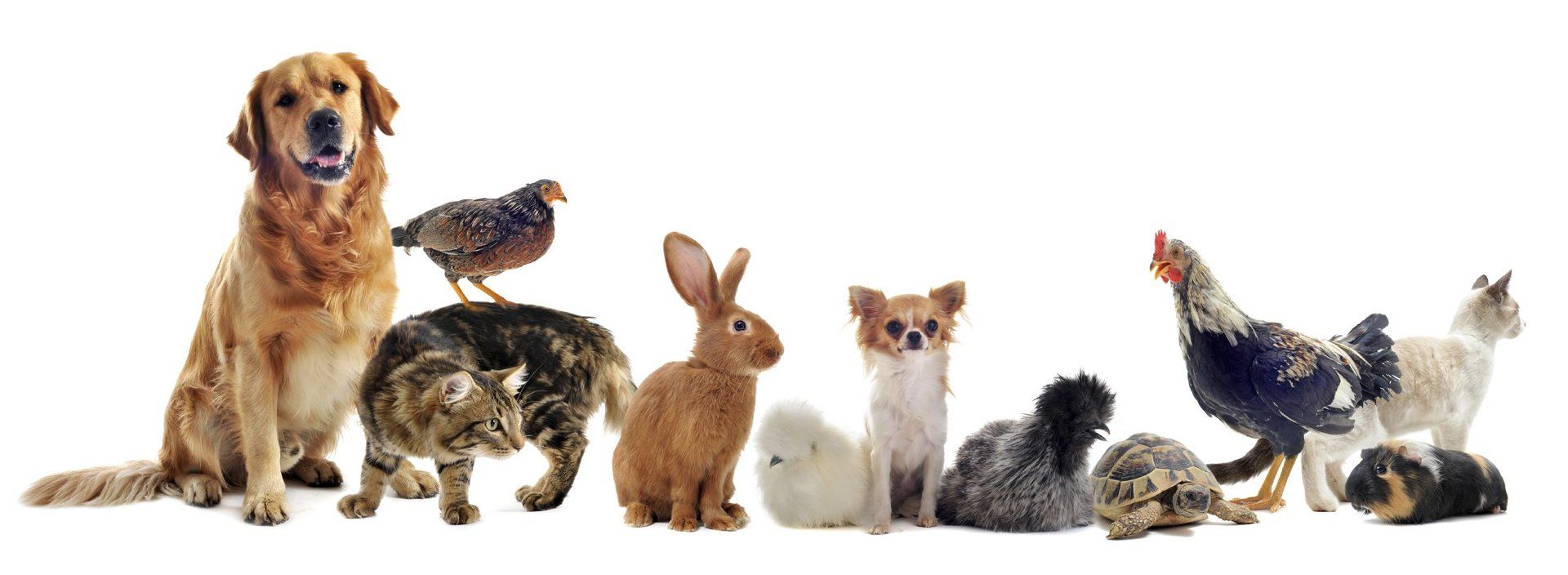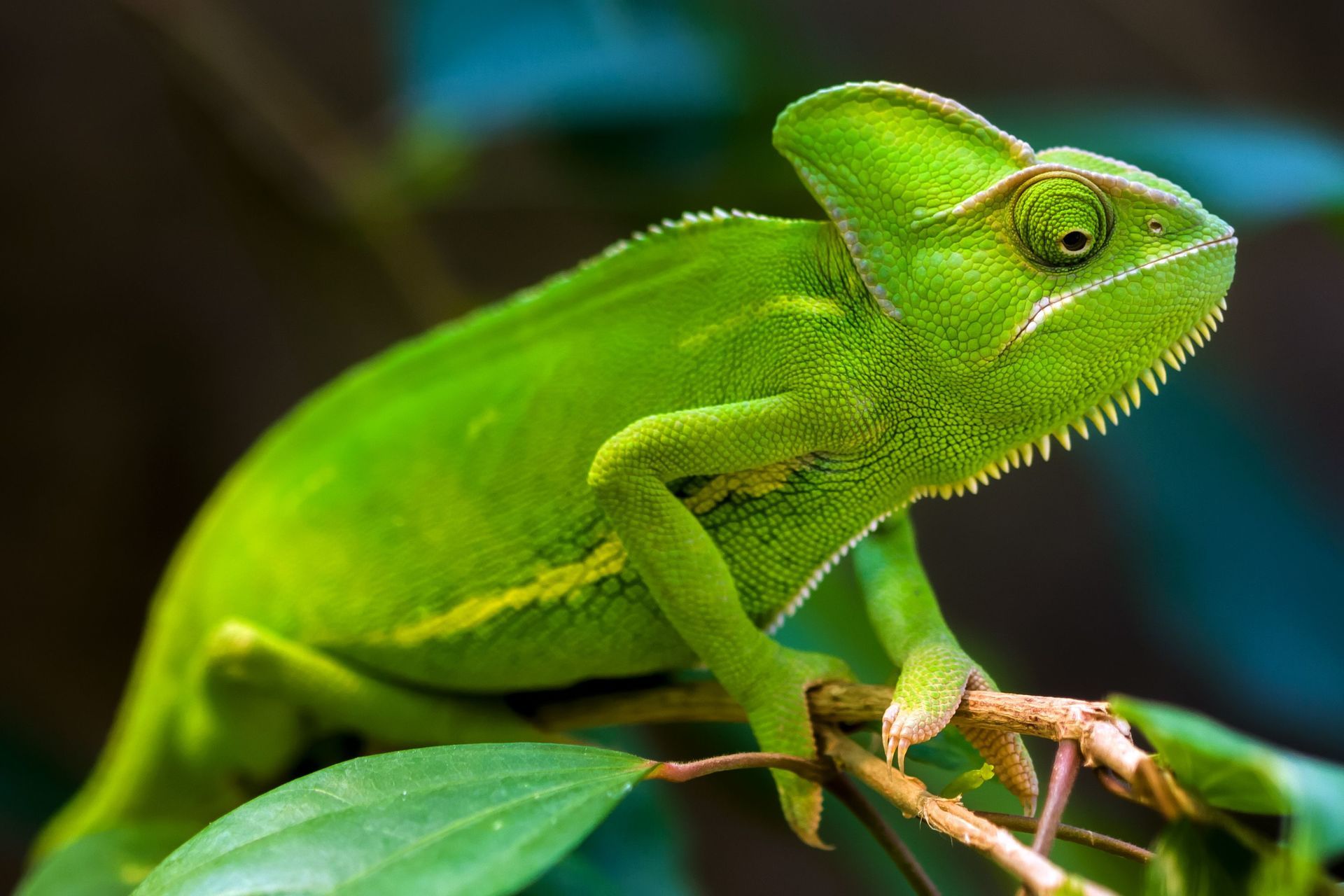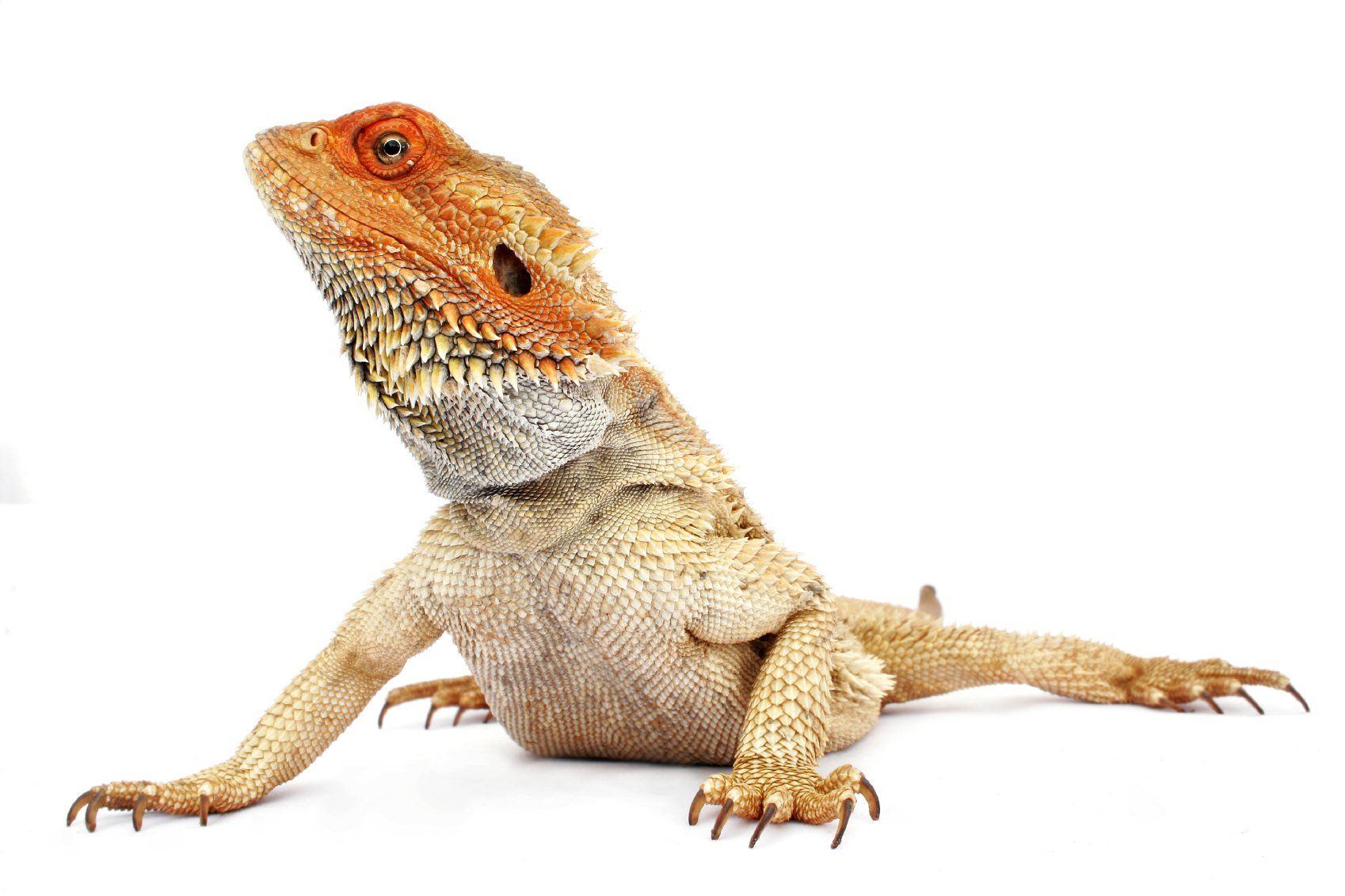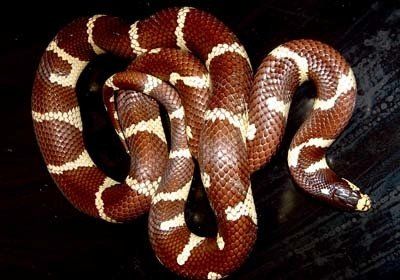Dysecdysis is the term used for disorders of skin shedding. All reptiles shed their skins throughout life, the frequency depends on the species and age. Young, rapidly growing animals will shed skin more often than matures reptiles. Shedding of skutes in chelonians and skin in lizards is often piecemeal. Snakes should shed the skin in a single piece.
Dysecdysis can be environmental or pathological, almost any severe illness will result in dysecdysis. The most usual environmental problem is a lack of humidity. Even lizards and snakes that inhabit dry habitats often need a humid place in which to moult, a moulting hide lined with moist moss or vermiculite.
The most common manifestation in practice is a failure of snakes to shed the "spectacle", the scale that covers the eye. Sometimes several sheds will build up on the eyes giving them a dry wrinkled appearance. THIS SHOULD NOT BE REMOVED WITH FORCEPS as is sometimes advocated, and this is likely to cause severe damage or rupture of the eye.
I have found it best if the retained spectacle is moistened several times daily with hypromellose eye drops GENTLY worked in with a cotton bud. It may take a few days but eventually the dried spectacles will come off safely.
In more generalised cases, efforts must be made to see if there is a pathological disease process behind the dysecdysis. Treatment of retained sheds should be with a series of warm water soaks for several hours until the shed skins soften and peel away, this may take several days.









